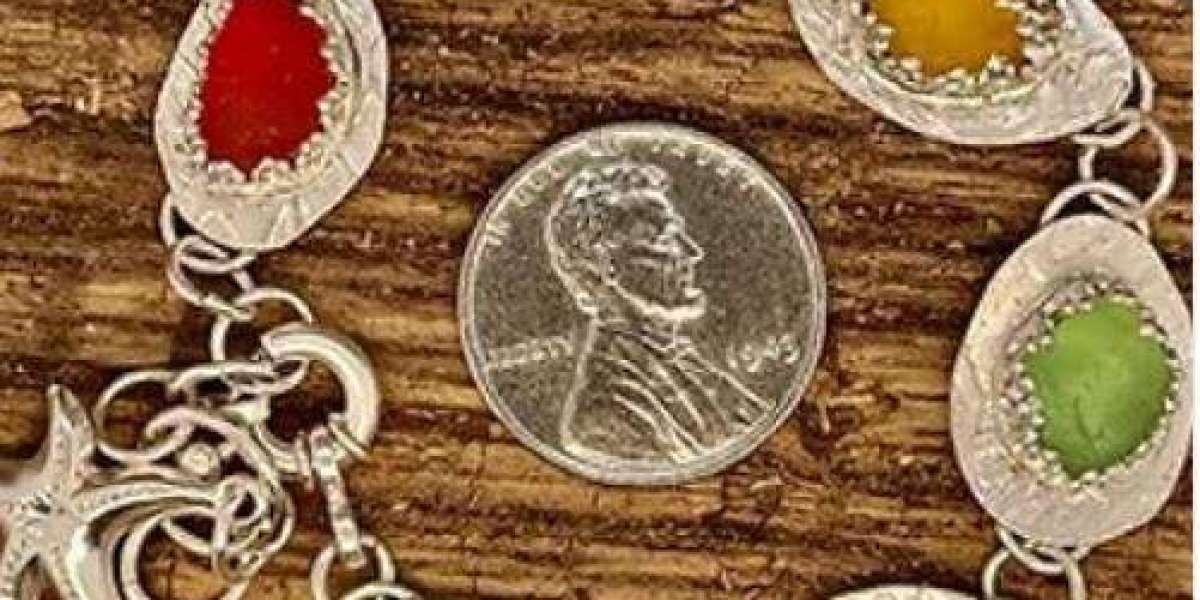The Origins of Sea Glass
Sea glass, also referred to as beach glass or mermaid's tears, is formed from glass that has been tumbled and smoothed by the action of the sea over time. Unlike regular glass, which is often discarded and forgotten, sea glass is repurposed by nature's relentless forces. Its journey begins when glass bottles, jars, or other fragments are discarded into the ocean. Over time, these pieces are battered by waves, sand, and other elements, gradually becoming the frosted, rounded pieces that we recognize as sea glass.
The transformation process is a combination of mechanical and chemical actions. The abrasive action of sand and pebbles polishes the glass, while the saltwater erodes the sharp edges. This process can take anywhere from 20 to 50 years or more, making genuine sea glass a rare and precious find.
Identifying Genuine Sea Glass
The market is rife with imitation and manufactured sea glass, so understanding how to identify genuine sea glass is crucial for collectors and enthusiasts. Genuine sea glass is typically characterized by:
- Frosted Surface: Authentic sea glass has a distinctive frosted or matte finish, the result of years of tumbling in the ocean. This texture differentiates it from polished or manufactured glass.
- Smooth Edges: Genuine sea glass is naturally rounded and smooth. The edges should not be sharp, indicating that it has undergone a significant amount of tumbling.
- Varied Colors: While many people associate sea glass with common colors like green or brown, authentic sea glass comes in a wide range of hues, including rarer colors like cobalt blue, amber, and even red. The color can be an important indicator of the glass’s origin and age.
- Imperfections: Genuine sea glass often features small bubbles, bubbles, or other natural imperfections, which are the result of the original glass-making process and its subsequent journey through the sea.
- Weight and Density: Sea glass is often heavier than it looks due to its dense composition. It may also feel cold to the touch, reflecting its time spent submerged in water.
The Appeal of Sea Glass
The charm of sea glass lies not only in its beauty but also in the stories it carries. Each piece is a fragment of history, having traveled across oceans and through countless waves. Collectors and artisans often find a deep connection with these pieces, as they represent both the power of nature and the human touch.
Artistic Uses: Sea glass is a popular medium in various artistic endeavors. Jewelers and crafters incorporate sea glass into jewelry, creating unique and one-of-a-kind pieces that highlight the glass’s natural beauty. Artists also use sea glass in mosaics and other decorative works, adding a touch of the ocean to their creations.
Decorative Elements: Beyond jewelry, sea glass is often used in home décor. From decorative vases to candle holders, the translucent beauty of sea glass can enhance any space. Its varied colors and textures make it a versatile material for adding a touch of coastal charm to interiors.
Collectors' Items: For many, collecting sea glass is a rewarding hobby. Whether found on a beach or purchased from a reputable source, each piece of sea glass has its own story and history. Collectors often display their finds in jars or frames, showcasing the beauty and variety of these natural treasures.
The Environmental Impact
It's important to recognize that while sea glass is a beautiful and fascinating material, its presence also highlights environmental concerns. The glass that becomes sea glass often originates from discarded bottles and other items, contributing to ocean pollution. Efforts to reduce waste and properly dispose of glass products can help mitigate the impact of glass pollution on marine environments.
Finding Genuine Sea Glass
For those interested in finding their own pieces of genuine sea glass, there are a few tips to keep in mind:
- Know Where to Look: Beaches with strong currents or near old coastal towns and ports are often good places to find sea glass. The best times to search are after storms or high tides, when the ocean's action brings new pieces to shore.
- Search Methodically: Look for areas where glass may have accumulated, such as along the waterline or in areas with pebbles and sand. Patience and a keen eye can make the search more fruitful.
- Respect the Environment: While collecting sea glass can be a fun and rewarding activity, it's important to do so responsibly. Avoid disturbing wildlife or damaging natural habitats, and take only what you can use or appreciate.
Conclusion
Genuine sea glass is more than just a beautiful artifact; it's a testament to nature's transformative power and a reminder of the delicate balance between human activity and environmental preservation. Whether you’re a collector, artist, or simply an admirer of natural beauty, sea glass offers a unique glimpse into the ocean’s ability to create and renew. Its timeless appeal continues to capture hearts, turning discarded fragments into treasured keepsakes.







